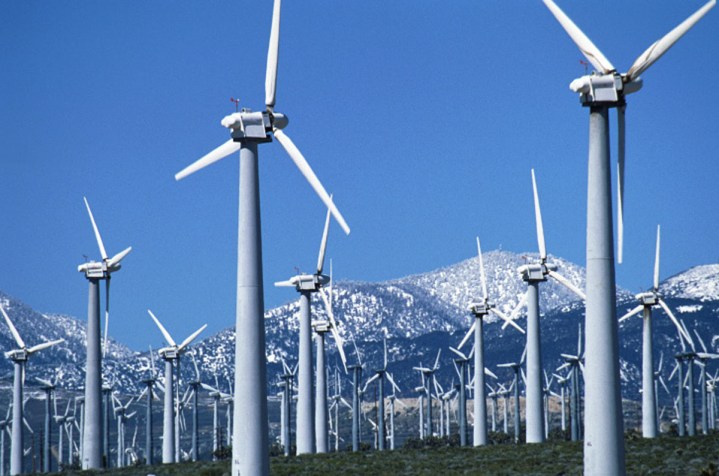
If the United States were to focus its energy on renewable sources, it could reliably supply 80 percent of its electricity demand through solar panels and wind turbines. That is the result of a study out this week in the journal Energy and Environmental Science, which analyzed hourly U.S. weather data over 36 years to unpack the geophysical barriers holding wind and solar energy back.
To say the U.S. has significant green energy potential is nothing new. Sustainability has long been within our reach with the right amount of effort, investment, and infrastructure. But in the recent study, scientists tried to simplify this assessment and consider how much of our energy needs could be met by these sources, independent of future technologies.
“Previous studies have used complex models with technologies and costs to show that the U.S. could affordably get around 80 percent of our electricity from solar and wind,” Steven Davis, an Earth systems scientist at the University of California, Irvine, and one of the lead authors of the study, told Digital Trends. “We’ve stripped away some of the complexity and in the new paper show that the 80 percent number boils down to natural variability in sun and wind.”
In other words, we could reliably reach that four-fifths goal with current technologies by accounting for seasonal fluctuations in daylight and wind, according to the study. However, if we were to source more than 80 percent our energy from renewables, we would need to account for significant hikes in storage and energy generation.
“So, for example, we might get 80 percent of electricity from solar and wind with 12 hours’ worth of energy storage,” he said. “But to get 99 percent of our power from those sources alone would require either building twice as many solar panels and wind turbine or else having weeks’ worth of storage.”
Right now, the main barriers include a storage and transmission infrastructure, which would require substantial financial investment. Cross-country transmission lines could cost hundreds of billions of dollars. Although that is a lot of money, it’s cheaper than the more than $1 trillion needed to store that amount of electricity in today’s most economical batteries.
In short, the study gives an optimistic outlook for renewables in the U.S., putting seemingly lofty goals within our current reach and emphasizing the importance of energy storage solutions.
“While still a lot to take in, I think what makes the study exciting is that our conclusions don’t rely on assumptions about this or that technology or cost,” Davis said. “Rather, we’re looking at patterns of sun and wind over 36 years and the results describe the fundamental challenge Mother Nature has laid out for us.”
Editors' Recommendations
- Experimental ‘blowhole’ renewable energy could be on its way to the U.S.
- U.S. studies new facial recognition tech built with masked faces in mind
- Wind and solar? Old news. California wants to vaporize trash to create energy


